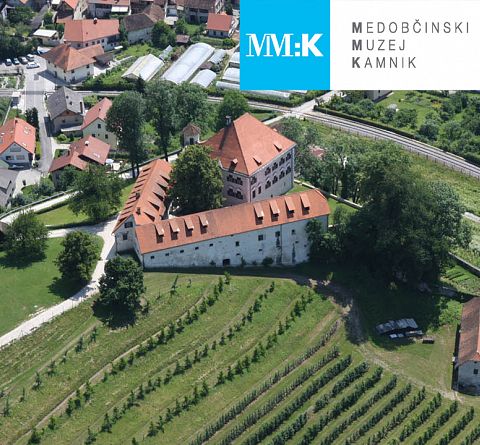Thonet’s Bestsellers
At the beginning of November 2025, the Kamnik Museum will open the exhibition The Charm and Beauty of Bentwood – From Thonet to Today, showcasing the most beautiful and intriguing chairs from the collections of the Intermunicipal Museum Kamnik and the private collection of Jurij and Ilona Rihar.
Who was Michael Thonet?
Michael Thonet (1796–1871) began experimenting with bending wood for furniture as early as the 1830s. In 1853, he and his sons founded the company Gebrüder Thonet in Vienna. From 1856 to 1869, he held the patent for bending solid wood.
The legendary Chair No. 14 — a symbol of café culture — was created in 1859 and became a global bestseller. By 1910, over 50 million units had been produced. The first major factories were located in Austria, Moravia, and Germany, regions rich in beech forests. The economic crisis of the 1930s led to the merger of companies into Thonet-Mundus, and the post-WWII period brought significant changes and a decline in production.
However, the tradition and production of Thonet furniture continue to this day.
Thonet’s Greatest Hits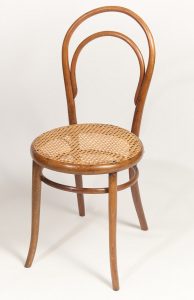
Chair No. 14 quickly became the most popular and best-selling chair of the 19th and early 20th centuries. Its elegance, lightness, and functionality captivated Europe — and the world!
In the Gebrüder Thonet factories in Moravia, the following numbers of chairs were produced:
- 1876 – 326,797 chairs
- 1885 – 335,161 chairs
- Price: 3 gulden
But the Thonet success story doesn’t end with Chair No. 14. Among other still-popular, though less mass-produced, pieces are:
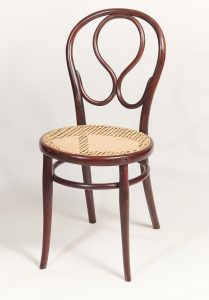 Chair No. 20
Chair No. 20
- 1876 – 54,955 chairs
- 1885 – 52,291 chairs
- Price: slightly more expensive – 3 gulden 25 kreuzer
Chair No. 18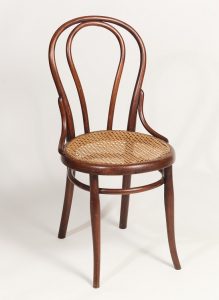
- 1876 – 35,089 chairs
- 1885 – 151,051 chairs
- Price: 3 gulden 10 kreuzer
Of course, the low price also played a significant role in the successful sales of the chairs, especially for furnishing public spaces.
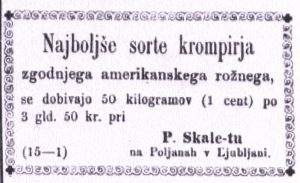 The price of Thonet’s Chair No. 14 remained stable until the currency reform in 1892 — 3 gulden, and afterwards, 6 crowns. For comparison: in 1876, a small bottle of gout remedy cost 1 gulden and 20 kreuzer, while 50 kg of early potatoes cost even more than Chair No. 14 — 3 gulden and 50 kreuzer.
The price of Thonet’s Chair No. 14 remained stable until the currency reform in 1892 — 3 gulden, and afterwards, 6 crowns. For comparison: in 1876, a small bottle of gout remedy cost 1 gulden and 20 kreuzer, while 50 kg of early potatoes cost even more than Chair No. 14 — 3 gulden and 50 kreuzer.



